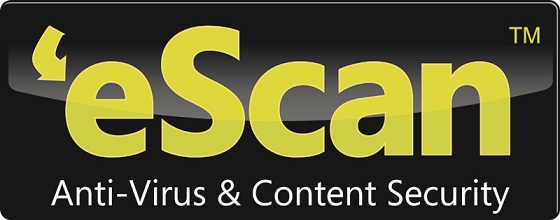eScan, one of the leading Anti-Virus and Content Security Solution  providers, has studied on a recent poll that says 32% of the top IT professionals agreed that data breaches and malware are the top threats that any organization faces. According to the further enquiry poll, the trends have been noticed that the adverse effect of security programs is likely to get worse in future specifically because of continuous evolution of BYOD practices and increase in adoption of cloud technology, both public and private.
providers, has studied on a recent poll that says 32% of the top IT professionals agreed that data breaches and malware are the top threats that any organization faces. According to the further enquiry poll, the trends have been noticed that the adverse effect of security programs is likely to get worse in future specifically because of continuous evolution of BYOD practices and increase in adoption of cloud technology, both public and private.
Let us see how malwares are baring their heinous fangs to cripple different sectors of IT industry.
Malware threat to Virtual Currencies: Extensive research has found that virtual transactions could result in entrenchment with malware and other prohibited data like child abuse images, pornographic content etc. The design of blockchain (sequential transaction database found in cryptocurrencies) is responsible for the malware to be injected and hosted permanently. As a result the ‘cyber hygiene’ gets seriously affected and it becomes an ideal place to host unlawful data or images.
Malware attack to Chat rooms: Cyber criminals are always trying to target various Chat-rooms. These are always a matter of entertainment to the kids and teens resulting in easy access for the crooks to convert the chat session into a cyber-trouble. However, there are some genuine chat-rooms which are useful. The guardians’ role is important here. They need to teach their kids about how to remain safe from these hazards. The children should learn not to enter any unauthorized chat-rooms that might appear as a pop-up!
Malware target hotel Wi-Fi: Hotel Wi-Fi is sometimes prone to malware attack. Hundreds of tourists and visitors use wireless hotel router for multiple online activities. Such vulnerability gives a chance for the malware to get injected into the guests’ devices. It can even monitor and steal data transferred over the network if not properly secured.
Macro-based Malware: This is a series of commands gathered together as a single command to complete a task automatically. The culprits grab this capability and figure out how to compose malware-laden macros. These start to run immediately after the file is opened; the victim who opens the file remains unaware that anything unnatural happened to his/ her system. Cyber felons prefer macro-based malware because it is versatile and requires minimum effort to create a spam. The user becomes a victim of phishing and the malware gets installed to get remote access of the sensitive information.
“NewPosThings” Malware: Malware has reached airport network too! The ‘NewPosThings’ malware has been found recently trying to control the hub of IP addresses associated with unnamed airports. Irrespective of the country and how busy the airport is, POS malware are always a threat since transactions happen throughout the year. They are matured enough to breach into the targets like large retailers or even small merchants. A POS intrusion mainly happens when a card is swiped at any ecommerce transaction. Most POS systems are Windows-based which makes it simpler to create such malware to run on them. The devices used in such industry are open to the web and sometimes protected with easy passwords making it vulnerable for attacks. Recently, researchers have detected some changes in the latest 3.0 version malware that de-activates security warnings on systems and creates anti-debugging methods.





